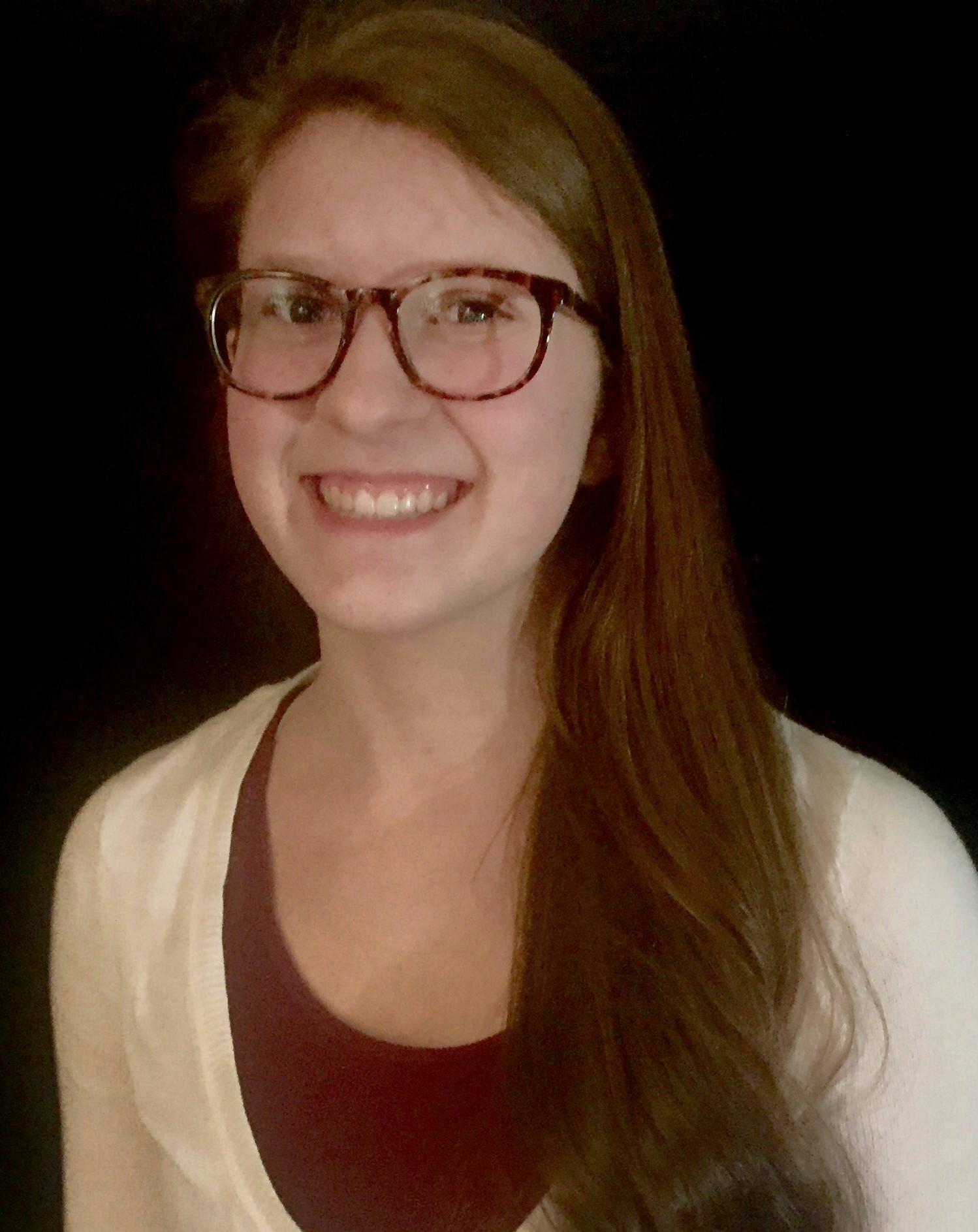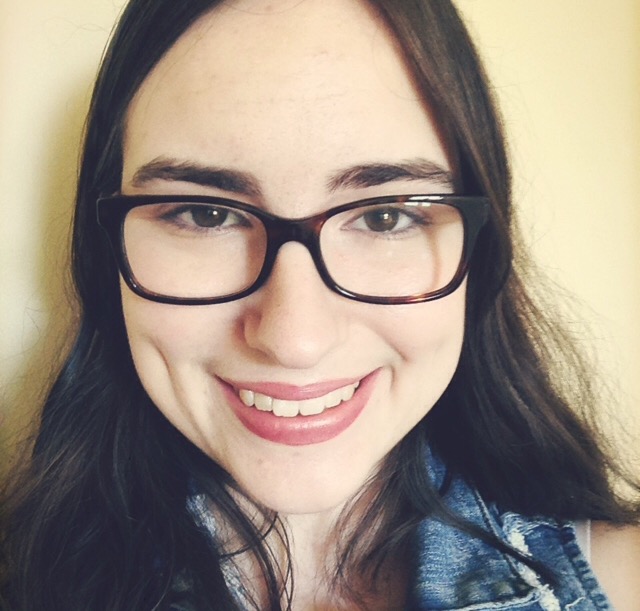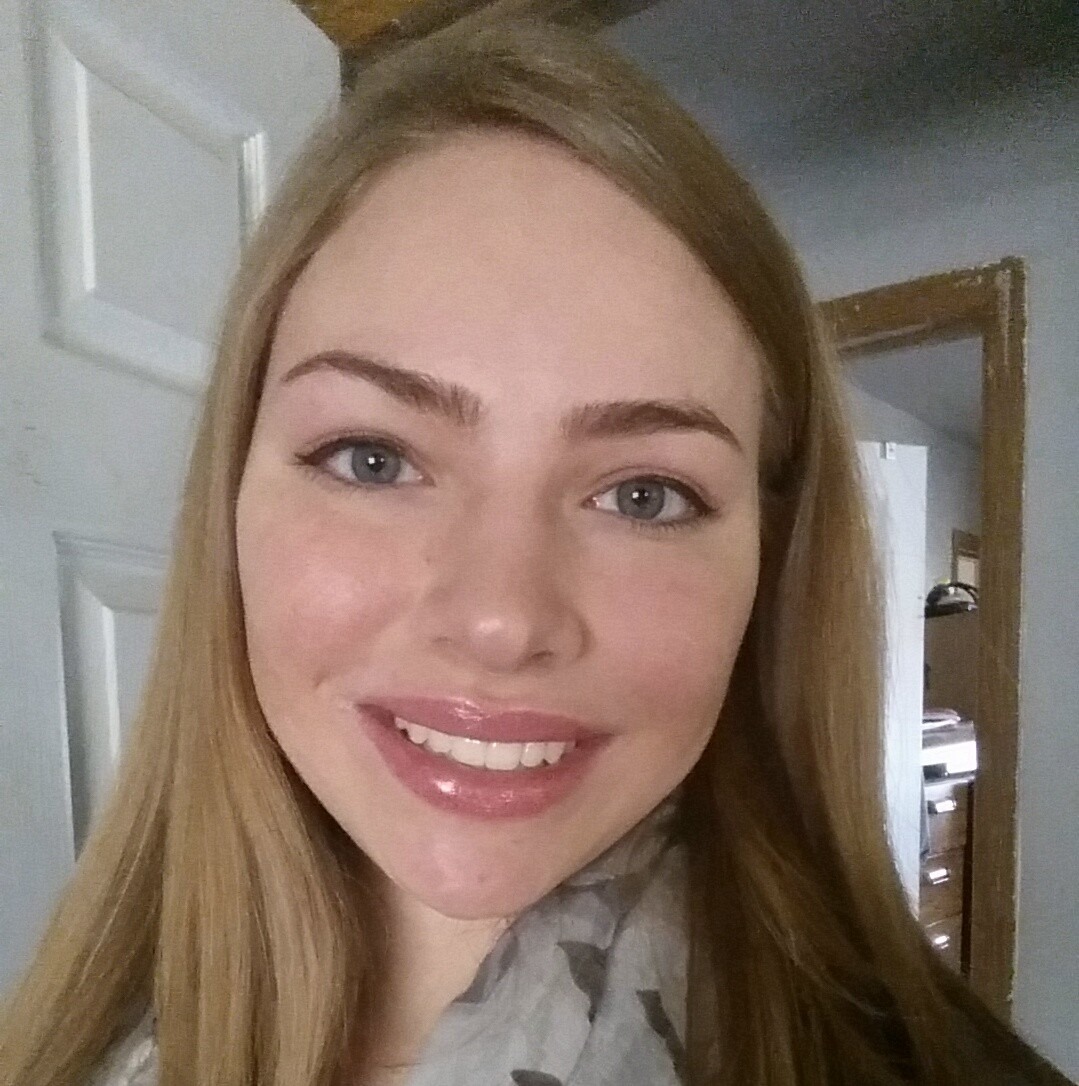Celebration of Scholars
Slowly but “Surely”: The Quest for Truth Behind a Cluster B1 Mycobacteriophage
 Name:
Olivia DeRoach
Name:
Olivia DeRoach
Major: Neuroscience
Hometown: Ashwaubenon, WI
Faculty Sponsor: Deborah Tobiason
Other Sponsors:
Type of research: Course project
Funding: Howard Hughes Medical Institute
 Name:
Krista Sreniawski
Name:
Krista Sreniawski
Major: Biology
Hometown: St. Charles, IL
Faculty Sponsor: Deborah Tobiason
Other Sponsors:
Type of research: Course project
Funding: Howard Hughes Medical Institute
 Name:
Aileen Szczepanski
Name:
Aileen Szczepanski
Major: Biology and Chemistry
Hometown: Kenosha, WI
Faculty Sponsor: Deborah Tobiason
Other Sponsors:
Type of research: Course project
Funding: Howard Hughes Medical Institute
 Name:
Becca Thomas
Name:
Becca Thomas
Major: Neuroscience and Psychology
Hometown: Cottage Grove, MN
Faculty Sponsor: Deborah Tobiason
Other Sponsors:
Type of research: Course project
Funding: Howard Hughes Medical Institute
Abstract
In the world there are billions of creatures roaming, some of which are visible to the naked eye, and others are not. Within the category of invisible beings are bacteriophages, which are viruses that infect bacteria. A mycobacteriophage is a virus that specifically infects mycobacterium, such as Mycobacterium smegmatis and Mycobacterium tuberculosis. A total of 56 phages were isolated from soil and water samples using M. smegmatis. Individual populations were isolated through a series of purification steps including enrichment, streak tests, dilution purification, and titer assays. DNA isolation was performed to determine the amount of DNA available for sequencing. Electron microscopy was used in imaging phage populations to determine tail length and capsid diameter. Surely, a siphoviridae mycobacteriophage, was one of the phages that was isolated and had its genome completely sequenced. Bioinformatic tools, such as DNA Master and Phamerator, were used to predict gene products and their functions. Surely’s genome is circularly permuted, with a length of 68,888 base pairs and a 66.4% GC content. The genomic annotation of Surely will broaden the knowledge of cluster B1 mycobacteriophages. The process of isolating phages and annotating their genomes will help advancements in research towards phage therapy.Submit date: March 15, 2016, 10:51 a.m.
